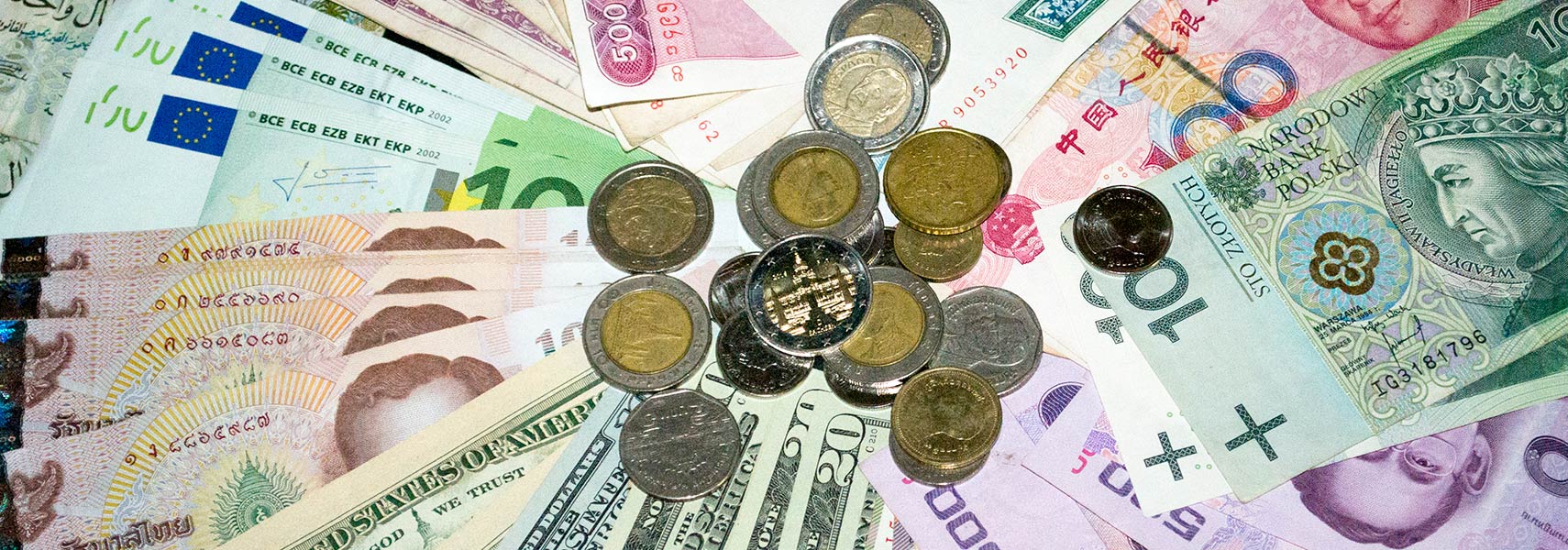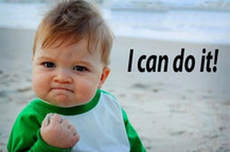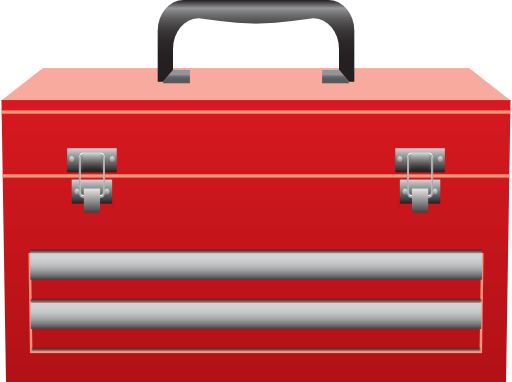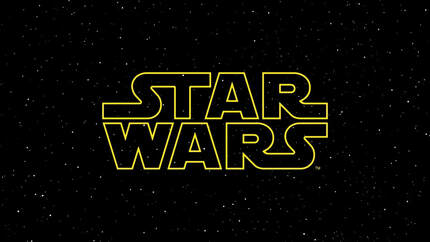KINDERGARTEN
BUILDING AN ECONOMY
LESSON 6: I AM A PLANETARY CURRENCY DESIGNER
THE LESSON MISSION
|
Currency
Currency is the official money of a country. It can be paper money and coins. Each country has its own form of currency. Currency is designed by a country's currency designers. Currency designers are people who design the way currency looks. Currency designers are a STEM career. Currency designers play a big part in our nation's economy. Remember, a nation's economy is how they make their money and use their resources.
Let's watch a video about how money is made. |
Tool Boxcurrency: a country's paper money and coins
currency designer: a person who designs money STEM careers: jobs that people have in science, technology, engineering, and mathematics economy: the ways a nation uses money and resources illegal: against the law counterfeiting: making fake money so that you can trick people into thinking it is real money watermarks: very light marks that are only visible when you hold the money up to the light counterfeited money: fake money made to look real |
Money Design
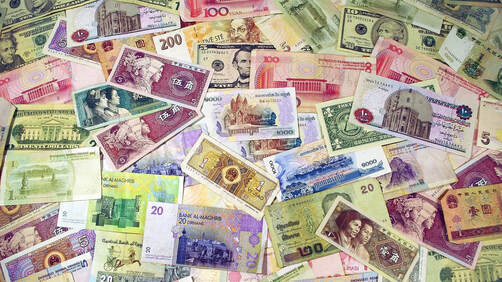
The money in the video was all very different. Some had many designs and colors. Others had only one color but we very detailed. One thing money or currency all has in common is that it shows things that are special about the nation. For example, the money you saw from France had one of their most famous scientist on it. Our money has presidents and important people who started our nation on it. Also, the video taught us that it is illegal, or against the law, to photocopy money. This is called counterfeiting. The government has special ways of keeping money from being counterfeited. American money is printed on special paper and ink made from special materials. The designs on the money are very detailed. Watermarks, or very light marks that are only visible when you hold the money up to the light, are stamped into the money and colored fibers are woven into the special paper. These things make it very hard for people to make fake money or counterfeited money.
Star Wars - The Adventure Begins!
|
Now, we are going to do an activity. On your table you will see a planet folder with all kinds of pictures and information about your Star Wars planet. Look over your folder with your partner. Talk about these questions:
|
Designing Money For Your Planet
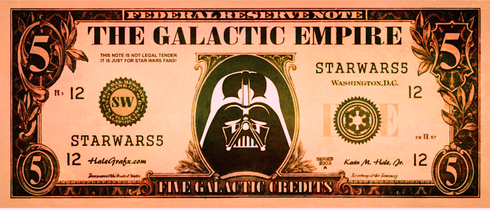
Think about all the things you and your partner talked about. If you were the currency designer for your planet, how would you design or draw the money so that it shows things that are special about the planet? What could you add to the money so that it could not be counterfeited?
Now you are going to be your planet's currency designer. One partner will design the paper money for your planet. The other partner will design the coins for your planet. Decide who will do each job. Remember, you want to design your currency so that it shows things that are special about your planet. I will pass out special paper for the paper money design and card stock for the coin design.
Now you are going to be your planet's currency designer. One partner will design the paper money for your planet. The other partner will design the coins for your planet. Decide who will do each job. Remember, you want to design your currency so that it shows things that are special about your planet. I will pass out special paper for the paper money design and card stock for the coin design.
MISSION ACCOMPLISHED
Original Lesson by April Smith
Constructed to meet International Technology and Engineering Educator's Standards for Technological and Engineering Literacy:
Constructed to meet International Technology and Engineering Educator's Standards for Technological and Engineering Literacy:
- ITEEA Standard 1: Nature and Characteristics of Technology and Engineering K - 2nd Grade STEL-1B: Explain the tools and techniques that people use to help them do things.
- ITEEA Standard 1: Nature and Characteristics of Technology and Engineering K - 2nd Grade STEL-1C: Demonstrate that creating can be done by anyone.
- ITEEA Standard 1: Nature and Characteristics of Technology and Engineering K - 2nd Grade STEL-1D: Discuss the roles of scientists, engineers, technologists, and others who work with technology.
- ITEEA Standard 2: Core Concepts of Technology and Engineering K - 2nd Grade STEL-2C: Explain that materials are selected for use because they possess desirable properties and characteristics.
- ITEEA Standard 3: Integration of Knowledge, Technologies, and Practices K - 2nd Grade STEL-3B: Draw connections between technology and human experiences.
- ITEEA Standard 7: Design in Technology and Engineering Education K - 2nd Grade STEL-7A: Apply design concepts, principles, and processes through play and exploration.
- ITEEA Standard 7: Design in Technology and Engineering Education K - 2nd Grade STEL-7B: Demonstrate that designs have requirements.
- ITEEA Standard 7: Design in Technology and Engineering Education K - 2nd Grade STEL-7C: Explain that design is a response to wants and needs.
- ITEEA Standard 7: Design in Technology and Engineering Education K - 2nd Grade STEL-7D: Discuss that all designs have different characteristics that can be described.
- ITEEA Standard 8: Applying, Maintaining, and Assessing Technological Products and Systems K - 2nd Grade STEL-8C: Describe qualities of everyday products.
- AL DLCS: Computational Thinker Algorithms K Standard 1: List the sequence of events required to solve problems.
- AL DLCS: Innovative Designer Design Thinking K Standard 13: Use a design process in a guided setting to create an artifact or solve a problem.
